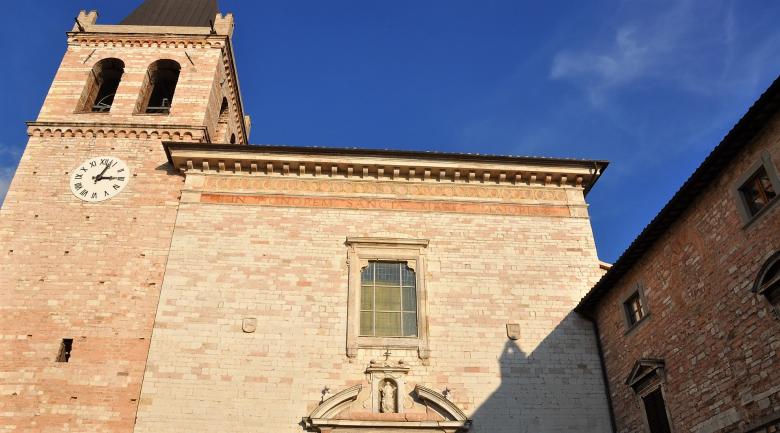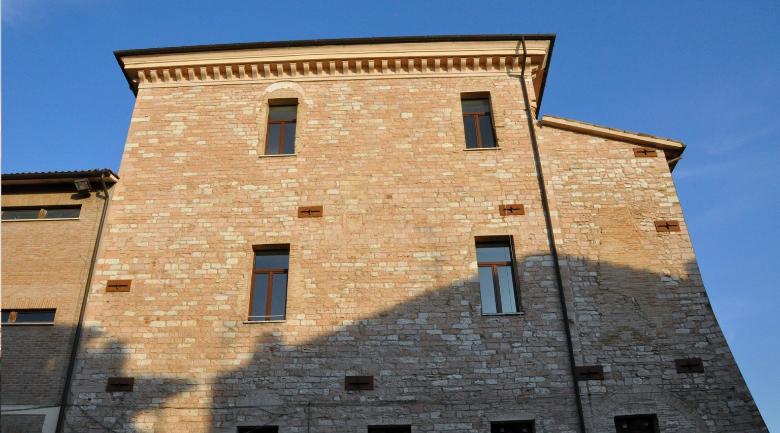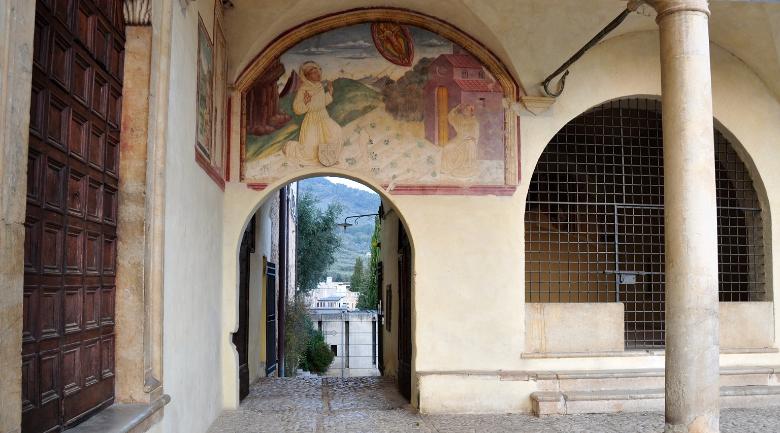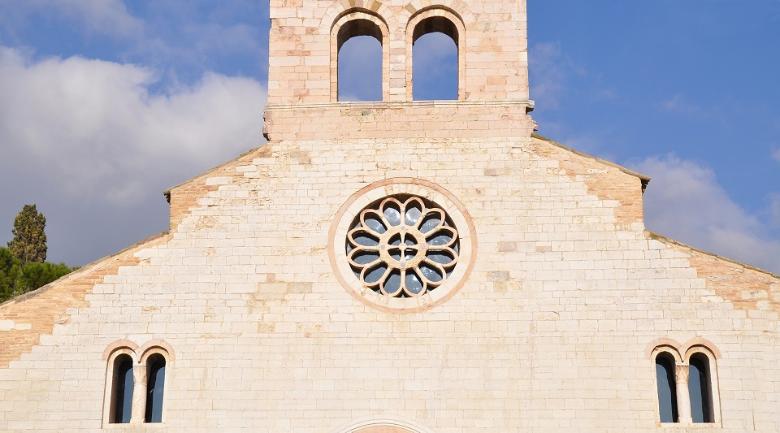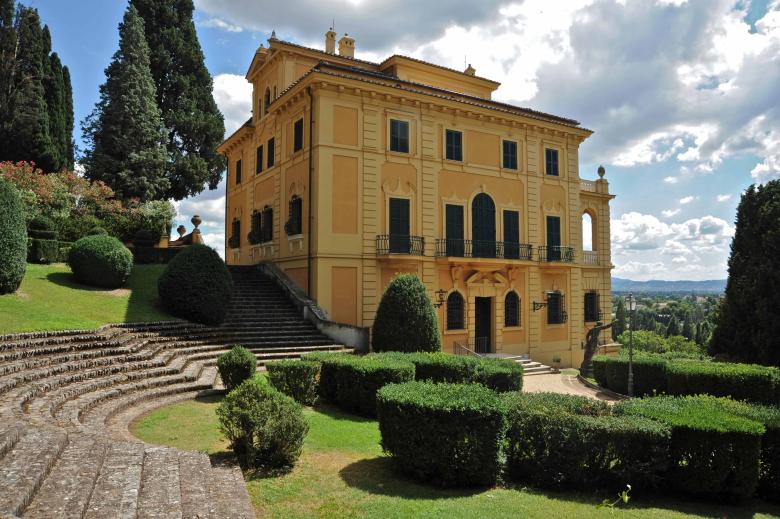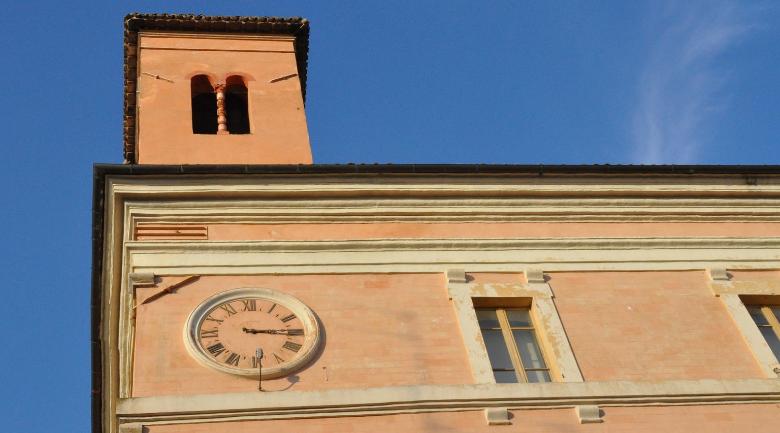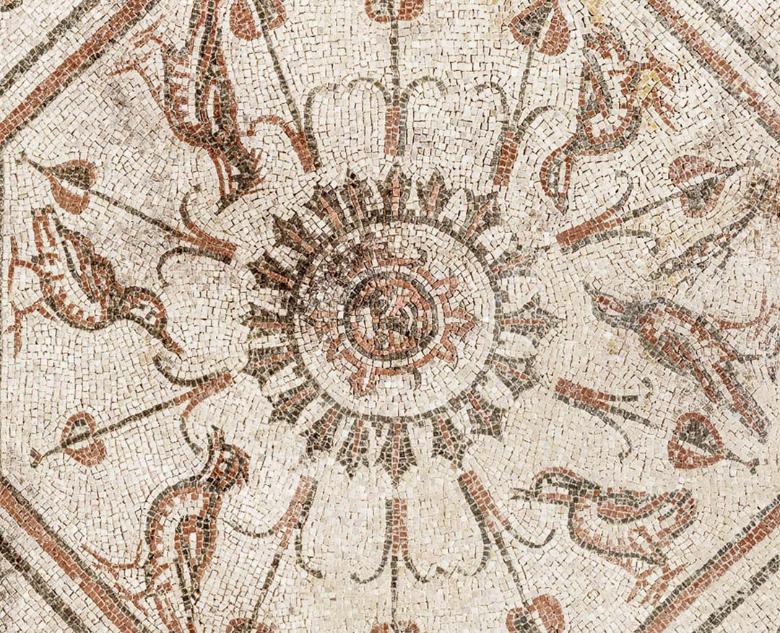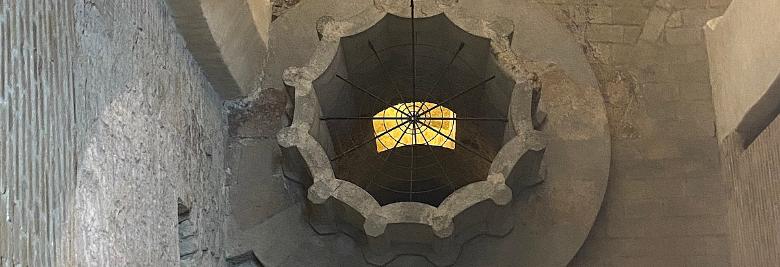Barbanera Almanac
The stars, the sun, and every sphere,
With his compass, Barbanera steers,
He measures and tries to see
All that the future’s meant to be!
Not just a calendar, but a piece of Italian history. It is the voice of a past that speaks to the present, a mix of science, tradition and folklore that continues to enchant those who leaf through it.
The Barbanera is not just an almanac: it is a cultural legacy that lives on, page after page, year after year since 1762, inscribed in the UNESCO Memory of the World Register in 2015.
Barbanera, an icon of Italian popular culture
If there is a name that evokes tradition, rural wisdom and a hint of magic, it is Barbanera. The famous and long-standing almanac, born in the mid 18th century in Foligno, is much more than just a calendar: it is a true symbol of Italian popular culture.
Its pages offer not only weather forecasts, but also practical tips for farming, cooking, health and even love.
Over its two centuries of history, the almanac has become a trusted companion for generations of Italians. It has been a point of reference for many farmers, who followed its advice to plan their work in the fields. It was published even during the two World Wars, becoming a symbol of resistance and hope.
Legendary origins of an institution
Barbanera (Black beard) owes its name to an enigmatic figure who, according to tradition, actually lived in Foligno. Once a monk, he would later abandon monastic life to dedicate himself to studying the skies, observing astral movements and translating them into forecasts and practical advice. After years of observation, he decided to compile his knowledge in writing, creating an almanac destined to leave a mark.
The chronicles report that on 15 September 1761, a street vendor appeared in the crowd at the Foligno market, offering his wares in a loud voice: “Barbanera! Barbanera of Foligno! Saints, fairs, weather and moons. And for all, the general discourse of the famous Barbanera, for the year 1762”. This was born in the printing works of Pompeo Campana in Foligno, a town already known for its typographic tradition, the first edition of what was to become Italy’s most famous lunar calendar.
It was the beginning of an era: from that moment on, the Barbanera Almanac would become a point of reference for generations, blending popular wisdom, astrology and practical advice for everyday life.
As for his appearance? Apart from his majestic and famous black beard, we know little, mostly from small engravings depicting him as astronomer, astrologer and philosopher, surrounded by sky-watching instruments.
A treasure trove of folk wisdom
Each year, Barbanera is published as a guide to the rhythm of nature, interweaving tradition and agricultural practices. The main sections include weather forecasts, based on astronomical observations and folk knowledge, which help readers understand how one season influences the next.
Special attention is given to farming advice: the lunar calendar, for example, offers valuable tips on sowing, harvesting, pruning and grafting. According to tradition, the waxing moon favours the growth of flowers, vegetables and fruit trees, while the waning moon is more suitable for root crops, such as bulbs and tubers. New moon is the ideal time for pruning, while full moon enhances the beneficial properties from medicinal and aromatic herbs.
There is also no shortage of curiosities and proverbs passed down through the ages, making the almanac a compendium of rural wisdom. Rounding it all out is a selection of recipes and natural remedies, often based on the use of wild herbs, the ingredients behind some of the most famous traditional regional dishes.
UNESCO and worldwide recognition
In 2015, UNESCO decided to include Barbanera in the Memory of the World Register, recognizing its value as intangible cultural heritage. Not only for its longevity, but also for its role in preserving and passing on traditional knowledge, bridging past and present.
Did you know?
Over the centuries, numerous notable figures have shown great appreciation for Barbanera.
The almanac captivated famous personalities, from the famous architect Giuseppe Piermarini, designer of Milan’s La Scala Theatre, to leading Italian writers such as Luigi Pirandello, Eugenio Montale, Umberto Eco and Oriana Fallaci.
Meyer von Waldech, in an 1883 essay, even claimed that a witch from Goethe’s Faust was inspired by the cabbalistic songs of the Almanac.
It was D’Annunzio in particular who showed a deep appreciation for the Umbrian almanac: in a letter to a parish priest, he declared that he wanted neither Dante, nor the Iliad, nor the Odyssey at his deathbed, but only his beloved Barbanera. The copies were so dear to the poet that his personal collection is still preserved at the Vittoriale on Lake Garda.
Where to find Barbanera
Still printed in Foligno with 2.5 million copies each year, Barbanera keeps a tradition alive that’s over 250 years old.
The almanac is available at newsstands and bookshops throughout Italy, but for an authentic experience, visit Foligno, its birthplace. Here, you can find out more about its history at the Museo della Stampa which displays some of the oldest editions, starting with the famous “Discorso generale del famoso Barbanera per l’anno 1762” (Barbanera’s General Discourse of 1762).
In Spello, the Barbanera Foundation 1762 holds a collection that includes, among booklet almanacs and wall lunars, no less than 356 editions published from 1762 to 1962.










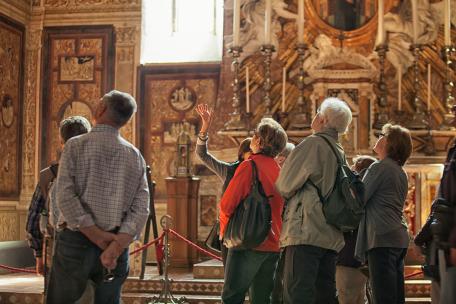







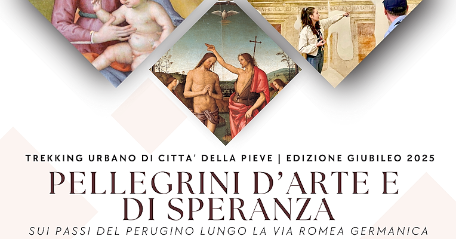
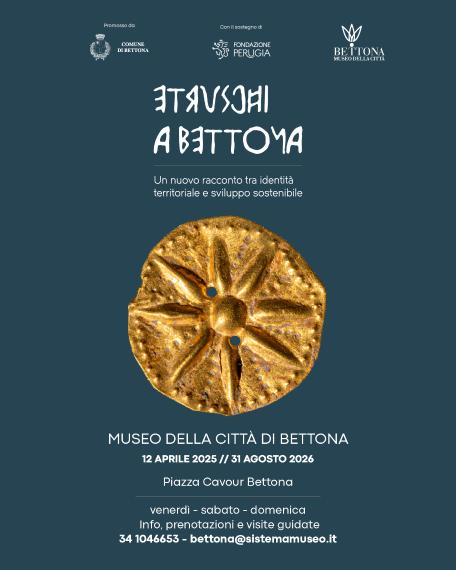





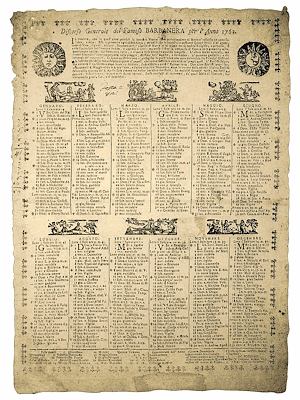
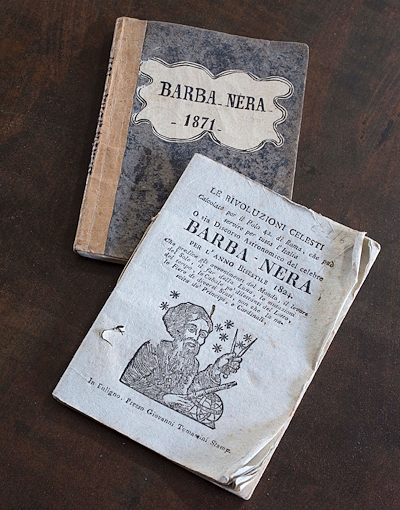
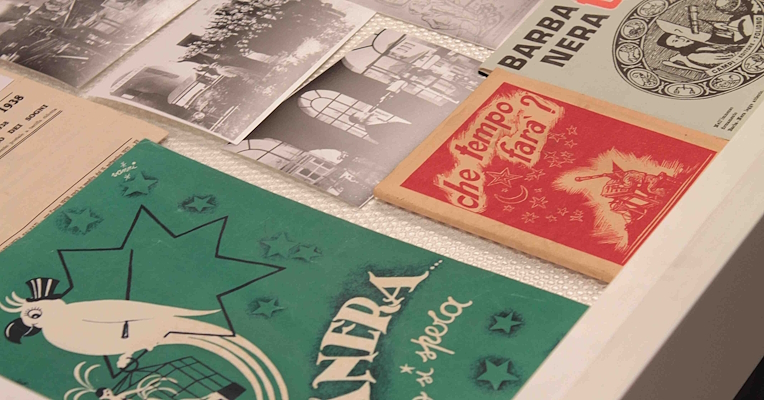
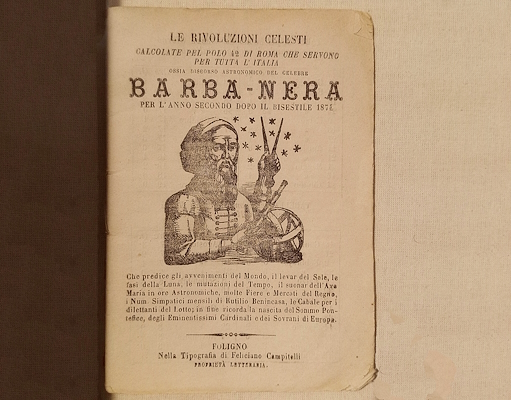
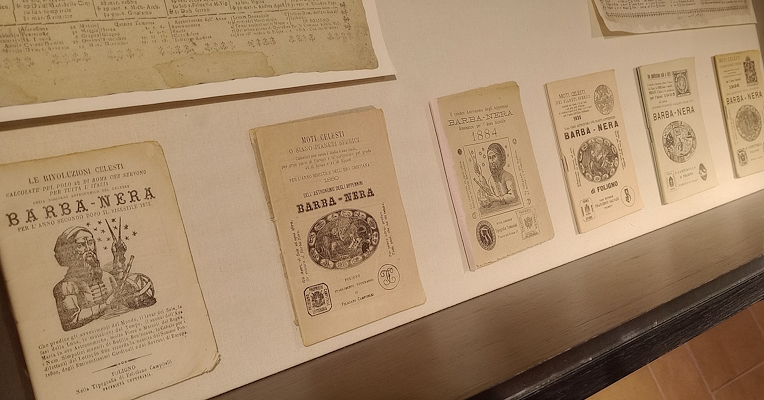

.png/1466f1b0-6b0b-66c3-d028-c44e27836a4a?width=780)
